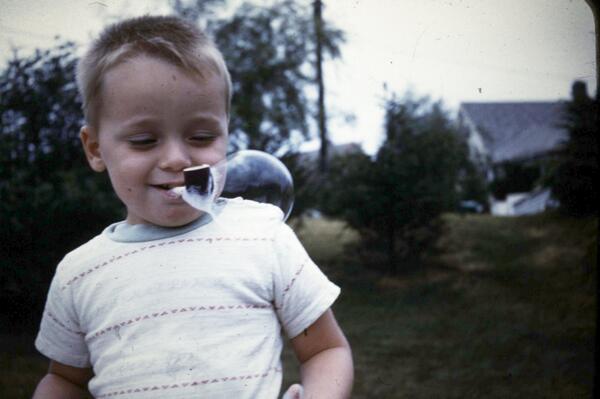27 December 2013 by Rowan Hooper
Magazine issue 2948 in New Scientist. Subscribe and save
For similar stories, visit the Energy and Fuels and Cars and Motoring Topic Guides
Read more: "2014 preview: 10 ideas that will matter next year"
Did you know that the Empire State Building's spire was designed as a mooring point for hydrogen airships? That proved too dangerous, though, and then a deadly fire on the Hindenburg in 1937 brought the hydrogen fad to an abrupt end. Now the lightest of elements is making a comeback as the first mass-market hydrogen car gears up to hit the road.
Whereas airships harnessed hydrogen's buoyancy, the Hyundai Tucson Fuel Cell, an SUV, uses it to make electricity. Its fuel cell combines hydrogen from the tank with oxygen in the air, creating an electrochemical reaction that generates current to supply electric motors. Water is the only waste product, making the cars green. Unlike battery-powered vehicles, which need hours to charge, refuelling takes minutes – and a full tank should last for 480 kilometres. Hyundai says the Tucson can hit 160 kilometres per hour.
Starting in spring next year, the firm will lease the cars for $499 a month in southern California. Home to nine of the US's 10 existing hydrogen refuelling stations, and committed to building 100 more, the Golden State is ahead of the hydrogen curve. Honda and Toyota plan to follow Hyundai's lead with fuel-cell cars in 2015. By contrast, a 2006 BMW offering burned liquid hydrogen but it was inefficient and never mass-produced.
Is the Tucson safe? If the tank springs a leak, fuel vents up into the air rather than pooling below, as in ordinary, gasoline-powered cars. Extensive crash and fire tests make Hyundai confident its offering won't go the way of the Hindenburg. The cars may just be the start of an environmentally friendly, 21st-century hydrogen economy.

